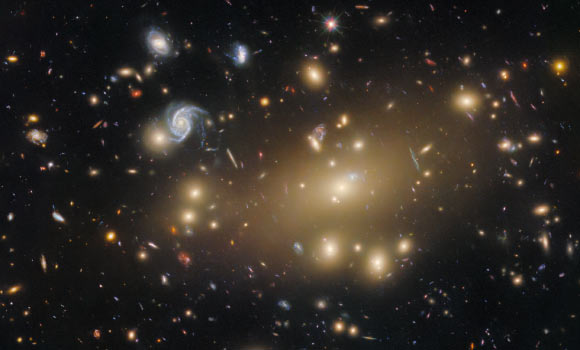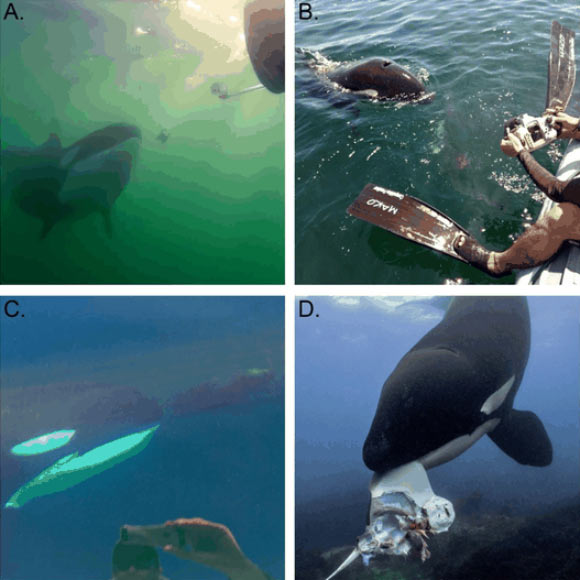Now Reading: Hubble Discovers Over 100 Galaxies in Abell 209
-
01
Hubble Discovers Over 100 Galaxies in Abell 209
Hubble Discovers Over 100 Galaxies in Abell 209

Swift Summary:
- Abell 209 is a massive galaxy cluster located about 2.8 billion light-years away in the constellation of Cetus.
- Galaxy clusters consist of thousands of galaxies and have a mass approximately one million billion times the mass of the Sun.
- These clusters are bound by gravity,unlike larger superclusters,which span hundreds of millions of light-years but lack gravitational binding.
- Abell 209 contains hot diffuse gas detectable at X-ray wavelengths and dark matter that does not interact with light.
- The universe’s composition includes approximately:
– 5% normal matter
– 25% dark matter
– 70% dark energy
- Observations from the Hubble Space Telescope help explore phenomena like gravitational lensing, which bends spacetime and magnifies background objects, providing insights into dark matter distribution.
- Subtle signs of gravitational lensing were observed in Abell 209 as streaky and curved galaxies within it’s golden glow.
- Mapping these distortions enables astronomers to understand cluster mass distribution and test theories on universe evolution.
!Image: The Hubble image shows Abell 209
Indian Opinion Analysis:
The study of galaxy clusters like Abell 209 contributes significantly to our understanding of cosmology, including fundamental questions about dark matter, dark energy, and universal evolution.For India-home to leading astrophysics institutions such as ISRO (Indian Space Research Organisation), TIFR (Tata Institute for Fundamental Research), and IIA (Indian Institute for Astrophysics)-these discoveries highlight opportunities to collaborate internationally on cutting-edge space science research. India’s expertise in launching advanced satellites could complement global scientific missions aimed at unraveling cosmic mysteries.
Moreover, building foundational scientific knowledge is essential for inspiring innovation across sectors like technology and education. Studies like those involving Abell 209 reinforce how basic astrophysical research drives progress toward broader applications like data analysis techniques derived from mapping large-scale structures. Ensuring steady investment in such fields can boost India’s standing in international scientific networks while paving pathways toward long-term exploration goals.
























